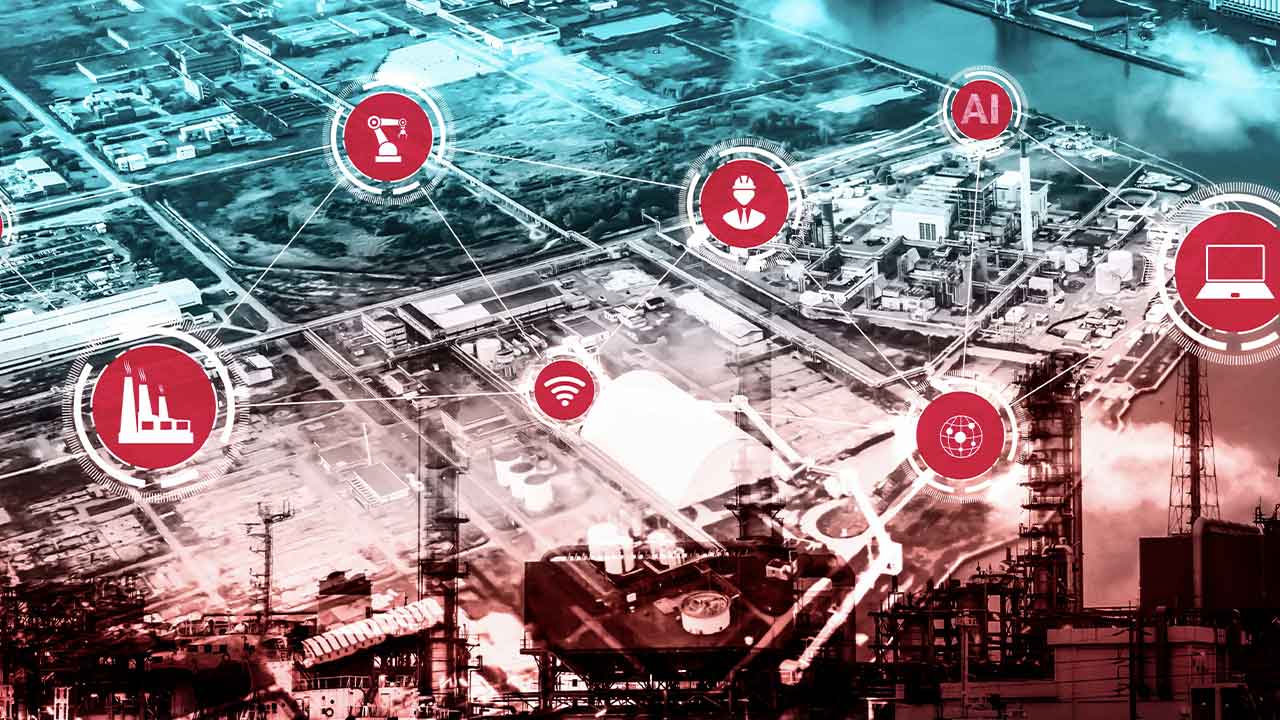Edge computing enables sustainability and climate awareness
Data centres consume an estimated 200 terawatt hours (TWh) of energy each year–more than the energy consumption of some countries. They also produce an estimated 2% of all global CO2 emissions. These figures are both staggering and seemingly despairing–after all, so much of our global infrastructure and modern economy relies upon these goliath server farms to do business.
But what if there is a way to reduce the reliance on these large-scale data centres while maintaining data and storage integrity with a more sustainable solution? Well, there is.
Edge computing for ongoing sustainability
The fundamental premise of Edge computing is that you store your data on the edge of your infrastructure, so you aren’t always sending large packets of information across the global network and using bandwidth. Afterall, a lot of the day-to-day data that is produced may not need to be stored over and again in large-scale cloud computing facilities. This difference makes Edge computing more highly optimised for resource efficiency and enables companies to use their existing hardware and infrastructure.
In addition to this, when businesses are looking to add to their Edge computing capabilities, they can more specifically choose products and solutions that align with their sustainability goals. These include utilising the principles of a circular economy and making sure the products they purchase are not manufactured in a way that adversely affects the environment. This behaviour is better for the environment as well as for business. Researchers at Capgemini have confirmed the strong correlation between sustainability and tangible business benefits. The research shows that more than six in ten organisations have seen an increase in revenue because of sustainable operations. Furthermore, nearly 80 percent of executives pointed to an increase in customer loyalty as a key benefit of their sustainability initiatives.
Edge computing, Green Premium and the circular economy
The fundamental principle of the circular economy is that products should be designed with their whole-of-life consumption in mind. Ideally, products and services should be repairable and upgradable. Throwing them away and purchasing new ones is less beneficial. Products should also be produced in a way that is better for the environment and society. This can be accomplished through regulatory compliance, material content and consideration of their environmental impact.
To help us meet these commitments and increase the sustainability of our customers, we developed a range of edge computing products under the Green Premium ecolabel.
A Green Premium product must have:
- Digitally available, transparent information regarding environmental impact.
- Minimal use of hazardous substances in, and beyond, compliance with regulations such as RoHS and REACH.
- A promise of sustainable and environmentally friendly performance.
- Environmental Disclosures, such as a Product Environmental Profiles (PEP ecopassport) to provide robust environmental information.
- Circularity Profiles to provide guidance on responsible product disposal and recycling along with circular value propositions.
Green Premium allows our customers to meet their own sustainability targets by:
- Providing a tool to help customers calculate their carbon footprint;
- Anticipating and ensuring full regulatory compliance;
- Making note of concerning substances and chemicals;
- Delivering all appropriate information to develop the eco-design of the solution; and
- Reducing the end-of-life costs by optimising the recyclability of products.
Read the full article here.



